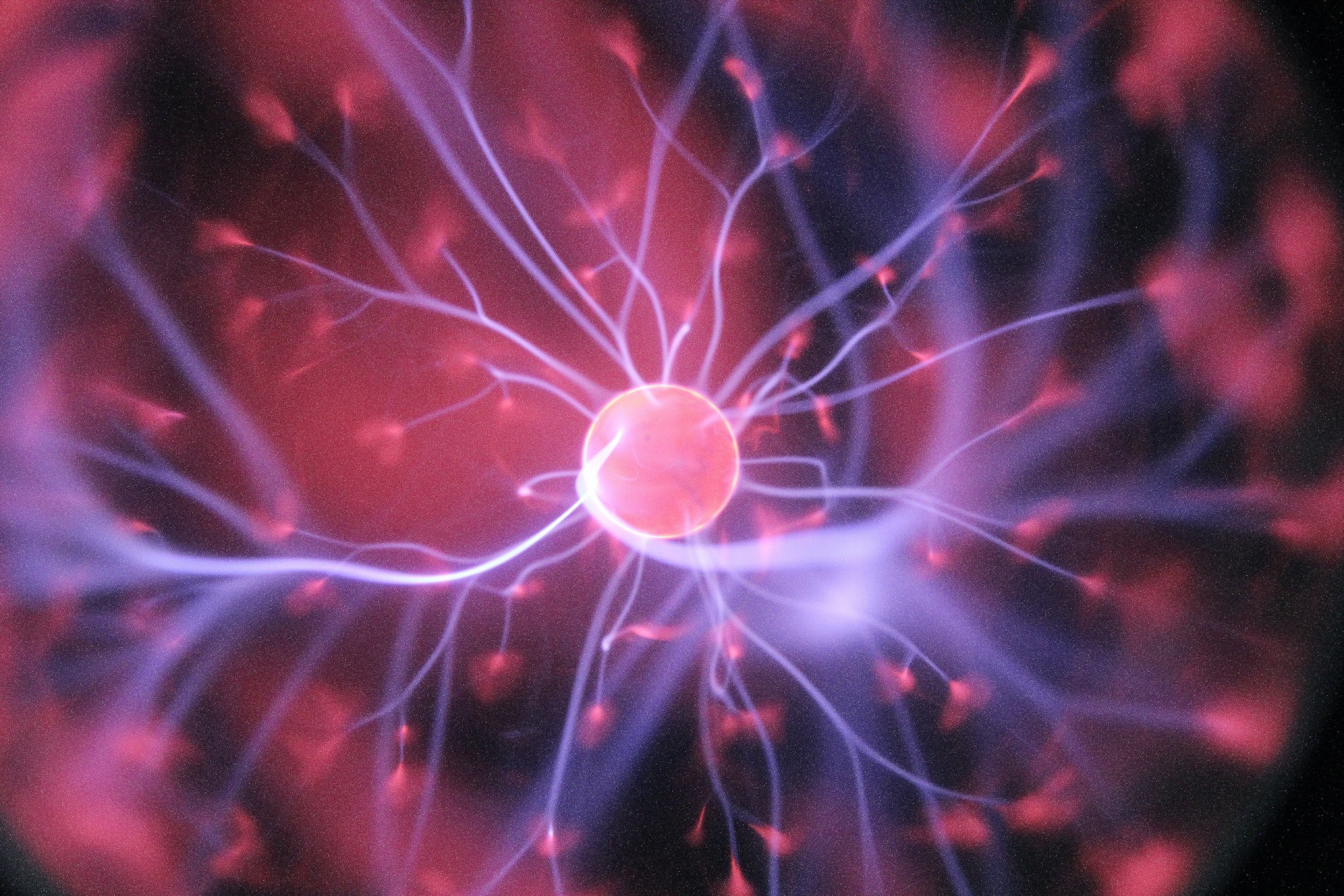
Trigeminal Neuralgia
Trigeminal neuralgia (TN) is a type of pain syndrome characterized by intermittent shooting pain in the face, following the sensory distribution of the fifth cranial nerve (trigeminal nerve), which is the largest of the twelve cranial nerves. This nerve has three divisions, known as V1, V2, and V3, which are responsible for transmitting sensory information from the face to the brain. The pain associated with TN is intense, sharp, short-lived, and often accompanied by facial spasms or tics. It is typically unilateral, affecting only one side of the face. Rarely, it can present as "status trigeminus," which involves rapid succession of tic-like spasms triggered by minor stimuli.
-
Trigeminal Neuralgia is caused by an abnormality that affects both the inner nerve fibers responsible for carrying nerve sensation and the myelin sheath covering the trigeminal nerve. This abnormality causes the nerve fibers to behave like an electrical cable, resulting in sudden and intense electric shock-like pain triggered by even a slight touch or movement. There is evidence to suggest that Trigeminal Neuralgia may have a genetic component, as it has been observed to run in families.
The most common cause of Trigeminal Neuralgia is the compression of the trigeminal nerve at the base of the brain near the pons by an enlarged looping artery or vein. Other potential causes of Trigeminal Neuralgia include aneurysms, tumors, chronic inflammation of the meninges, or other lesions that can irritate the trigeminal nerve roots at the pons. A brain MRI scan can identify these potential causes and rule them out.
-
Patients with trigeminal neuralgia experience severe pain at intermittent intervals, which can interfere with daily activities such as eating and brushing teeth.
The pain is described as stabbing, excruciating, and periodic, similar to an electric shock in specific areas of the face. The pain may appear suddenly and last for only a fraction of a second or a few minutes. In rare cases, it can last for several hours, rendering the patient almost immobile and unable to perform any other activities until the pain subsides.
-
In most cases, trigeminal neuralgia is diagnosed based on clinical symptoms. However, it is important for all patients to undergo an MRI scan of the brain to rule out any intracranial abnormalities. Conventional MRI scans may not always be adequate for visualizing the trigeminal nerve or identifying the blood vessel responsible for the condition. In these cases, a 3-dimensional MRI neuro-imaging technique that involves contrast injection and thin cuts may be necessary.
-
The primary treatment for TN focuses on pain control and involves the use of medication. Carbamazepine (Tegretol®) and gabapentin (Neurontin®) are common medications initiated at a low dose and gradually increased until the ideal dosage that controls pain without causing side effects is reached.
If the pain subsides completely for four weeks during therapy, it is reasonable to gradually reduce the dosage and observe if the TN goes into remission. If the pain returns, the medication can be re-administered.
However, this treatment does not work for all patients and may have several side effects, such as nausea, ataxia, physical sluggishness, or mental dullness. In these cases, surgery is recommended for those patients who desire long-term relief without medication or for those whose symptoms cannot be controlled medically without side effects.
